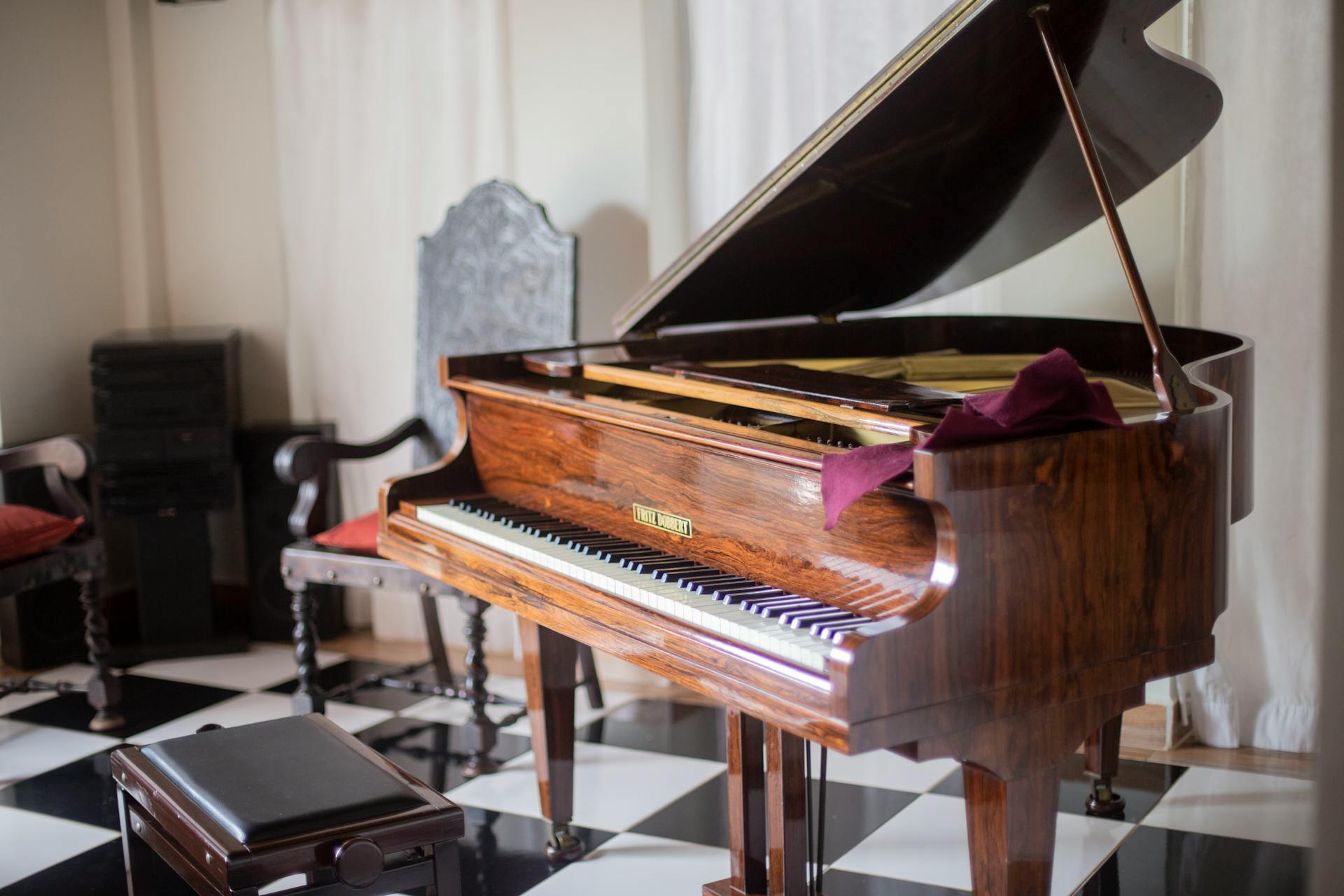
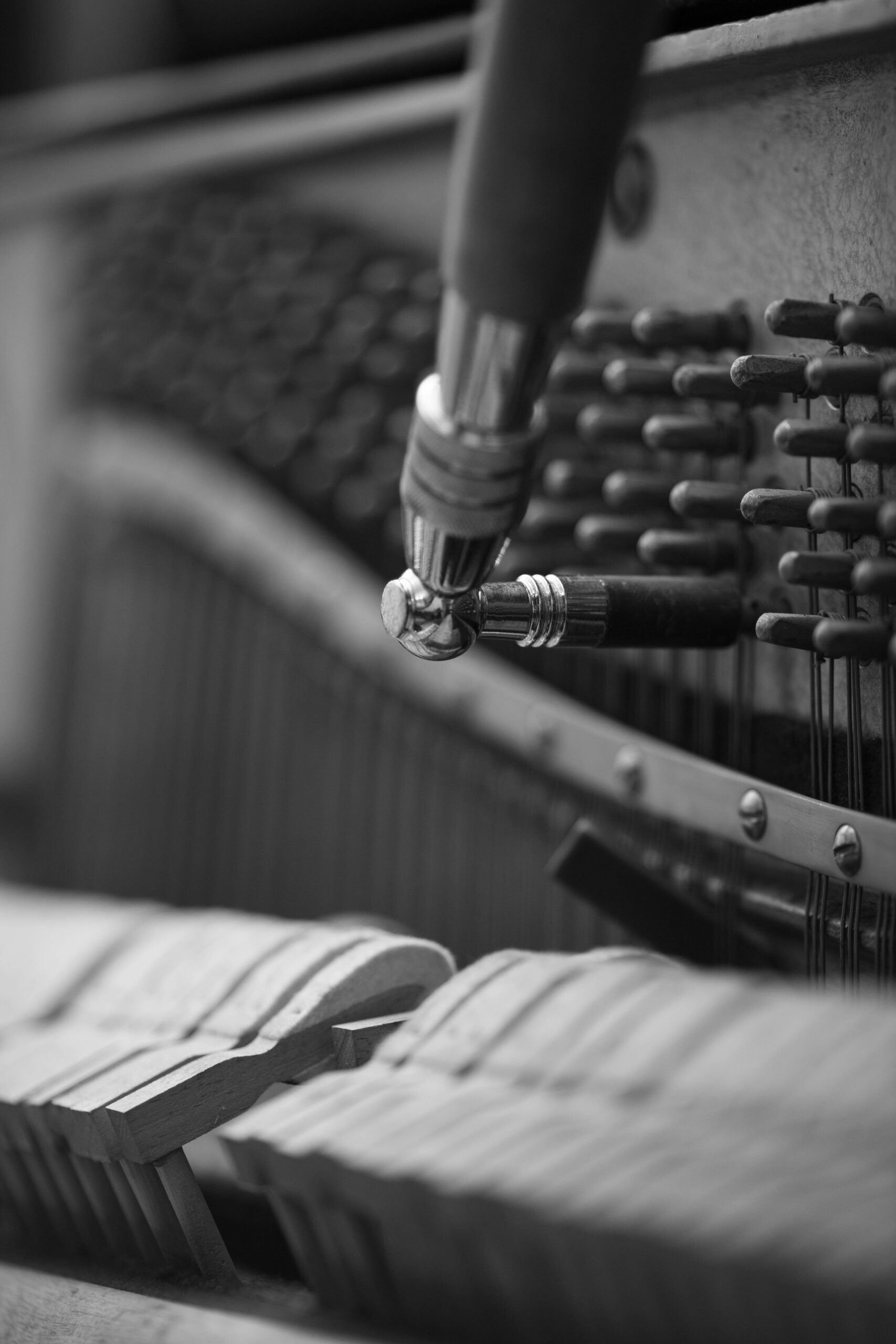
Aural tuning is guided by how the ear actually perceives harmony. A tuner listens to “beats” (slight pulsations between notes) and adjusts until the piano’s temperament feels musically balanced. • Machine tuning follows exact digital frequencies — but the human ear doesn’t hear pitch in purely mathematical ratios, especially across octaves.
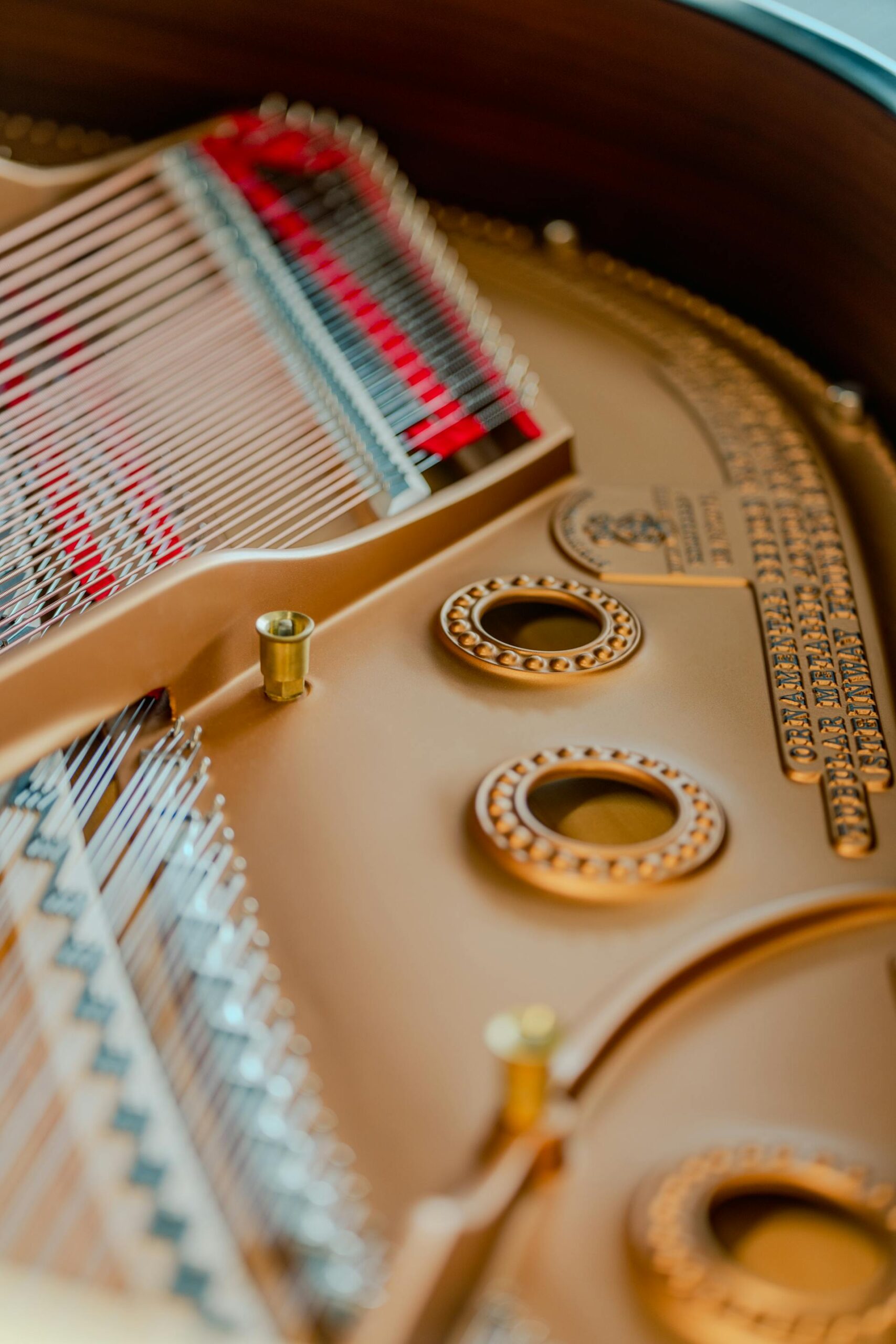
Every piano has inharmonicity — tiny differences in string stiffness and length that affect how partials (overtones) behave. Aural tuners adjust individually for that specific piano, stretching octaves and intervals naturally so the whole instrument resonates well. Machines often apply a “generic stretch curve,” which can sound slightly off on certain instruments.
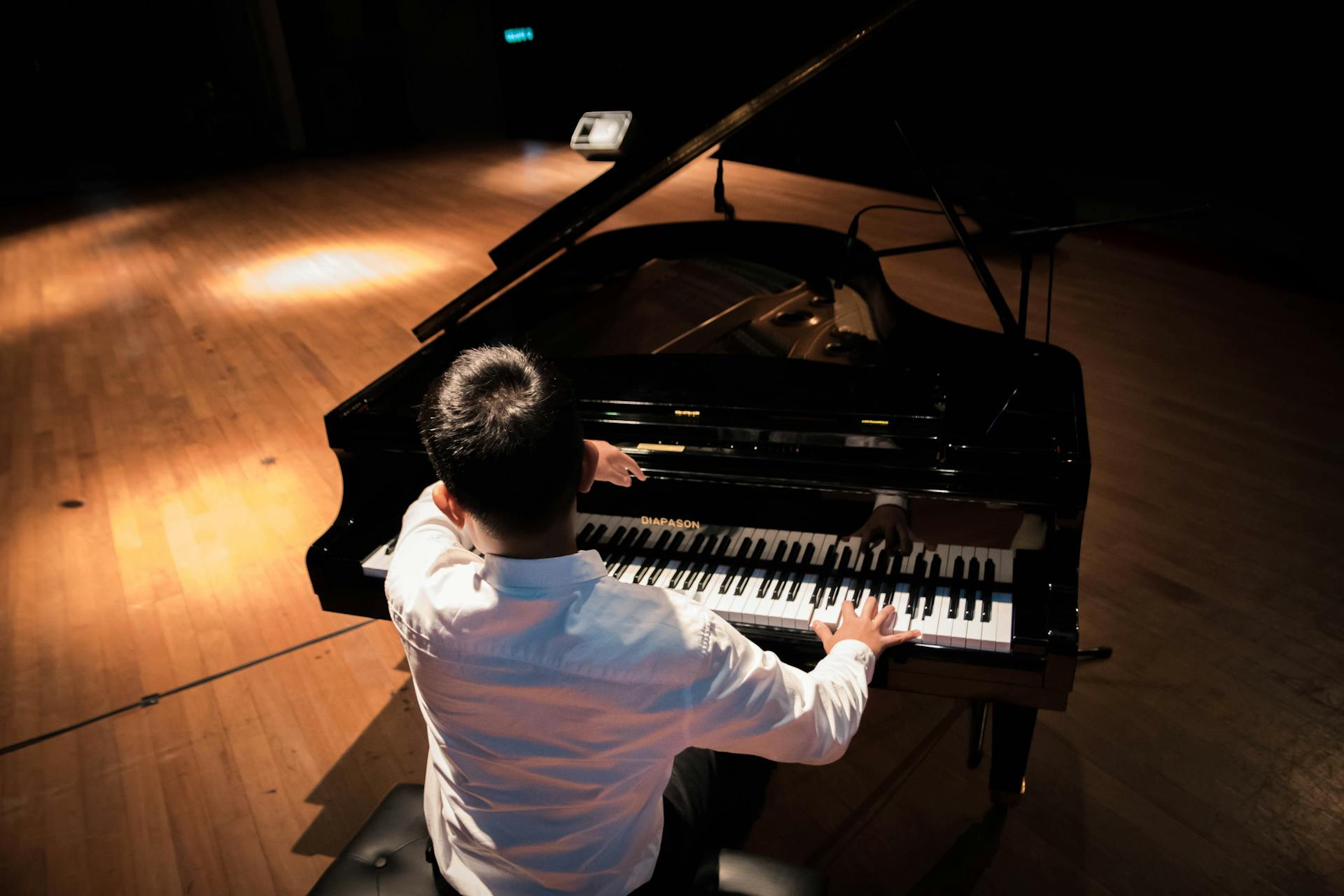
Aural tuning adapts to how the piano will be used — solo performance, ensemble, recording, or chamber work. A skilled ear can fine-tune slightly “sweet” or “bright” intervals for musical warmth or clarity. Machines can’t interpret context that way.
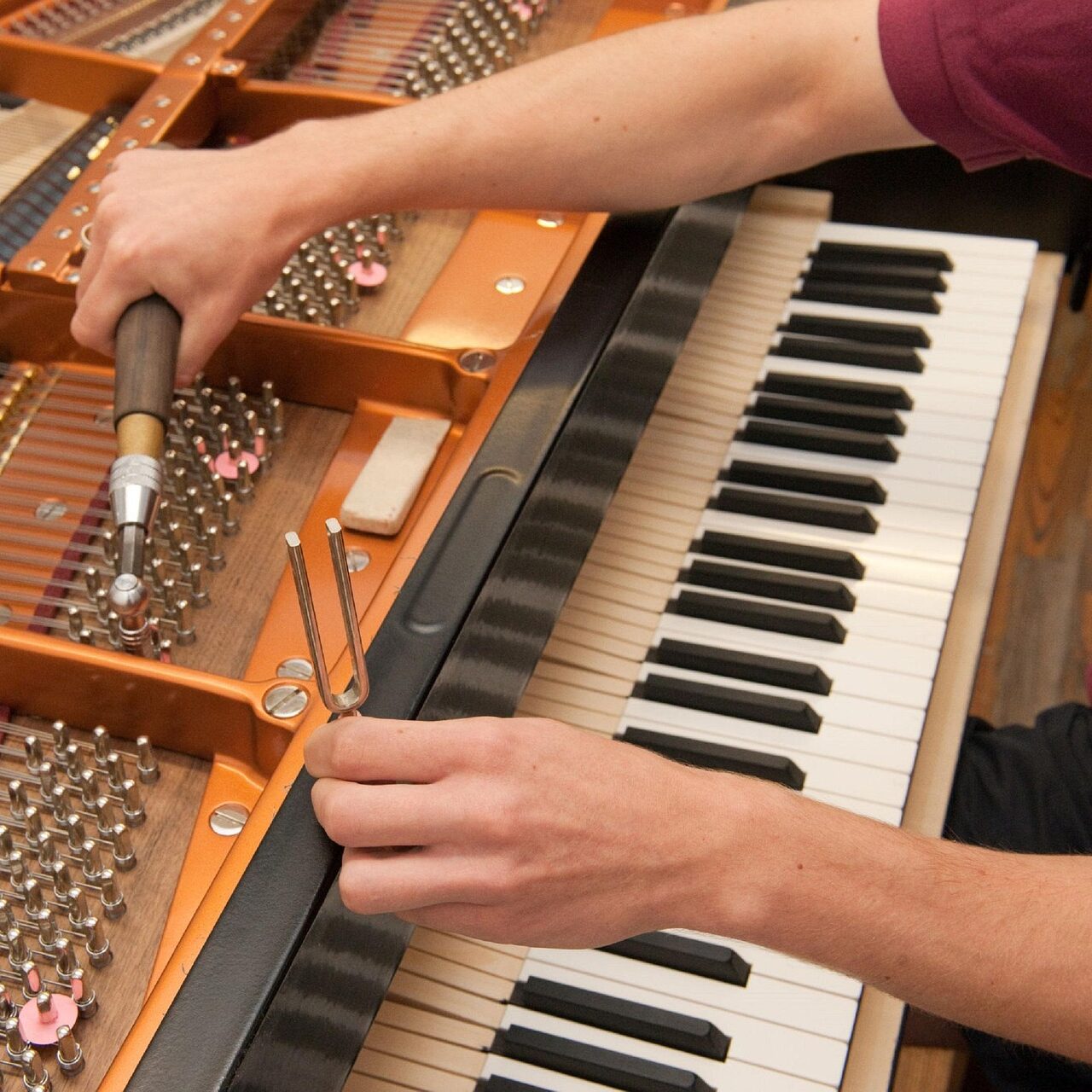
Tuners read only a single note at a time; they can’t “hear” complex chord relationships. Environmental factors like room acoustics, hammer voicing, and action response affect perceived pitch — things an ear can adjust for in real time.
Get in touch for a consultation or a custom quote.